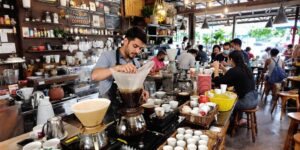When talking about Malaysian coffee culture, people used to wake up in the morning, going to a kopitiam nearby to grab a cup of coffee and chit-chat with their friends. But as time passes, the coffee consumption rate has been rising. More and more cafes and coffee shops are popping up around Malaysia.
Is there a change in Malaysian Coffee Culture? Yes, there are some changes, which are largely attributed to the younger generation as they pull more towards a more Western lifestyle. Coffee drinking is much more of an experience in these modern days.
From growing, roasting, pouring, and serving your favorite coffee, There are many things you can learn from it. Chains and independent cafes such as Starbucks and Coffee Bean have changed how Malaysians consume coffee publicly. Let’s look at Malaysian coffee culture and how it has changed.
Malaysia Coffee Culture: Malaysia Coffee VS The Kopitiam
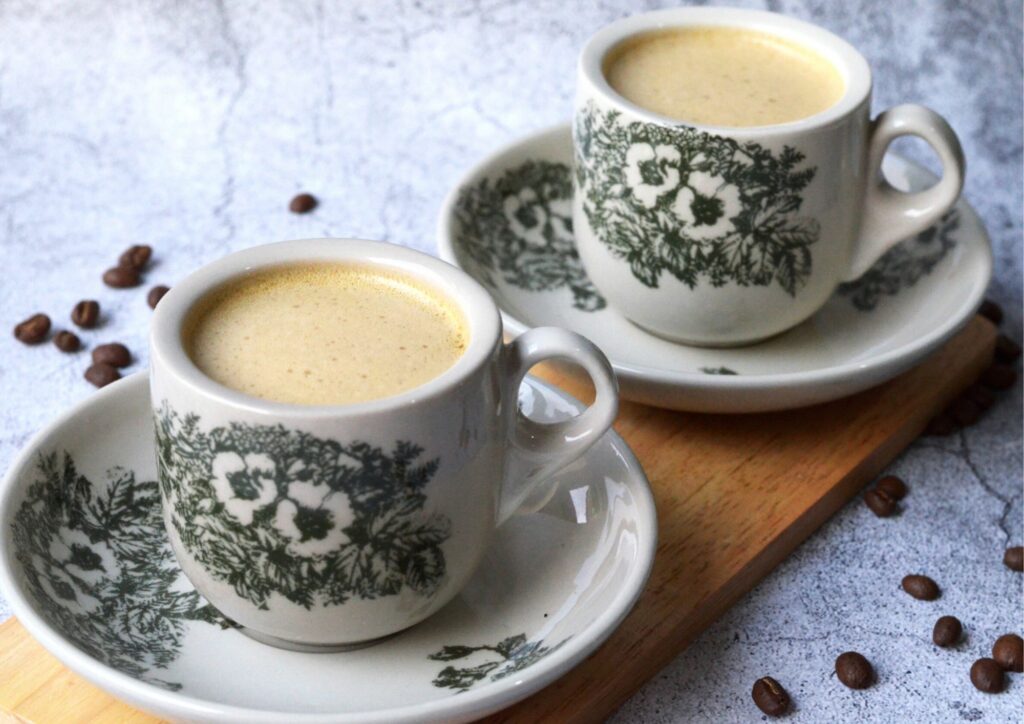
Immerse yourself in the enchanting world of Malaysia’s coffee scene by stepping into the vibrant ambiance of a “kopi tiam,” where tradition and caffeine seamlessly converge. Translating to “coffee shop” in the local dialect, kopi tiam embodies a nostalgic charm that transports both locals and visitors to a bygone era.
Despite being in the Bean Belt, Malaysia isn’t renowned as an origin. Most of the specialty coffee uses Arabica species, Malaysia is imported as they do not grow this species. Malaysia mainly cultivates liberica coffee. which is also usually found in Southeast Asia, especially in the Philippines and Malaysia.
The younger generation in Malaysia now goes for more fancy things, especially when it comes to coffee. From Starbucks to Coffeebean, and many other coffee chains and cafes popping out, Malaysians enjoy different coffee types in a more comfortable environment, such as latte, cappuccino, and many more.
As social media usage is rising, more young Malaysians are embracing what they see on social media platforms, which is part of their life. Malaysians now have a more stable income to afford all these high-end coffee beverages. Some families or companies are purchasing coffee machines where they can enjoy coffee without stepping out of the house or office.
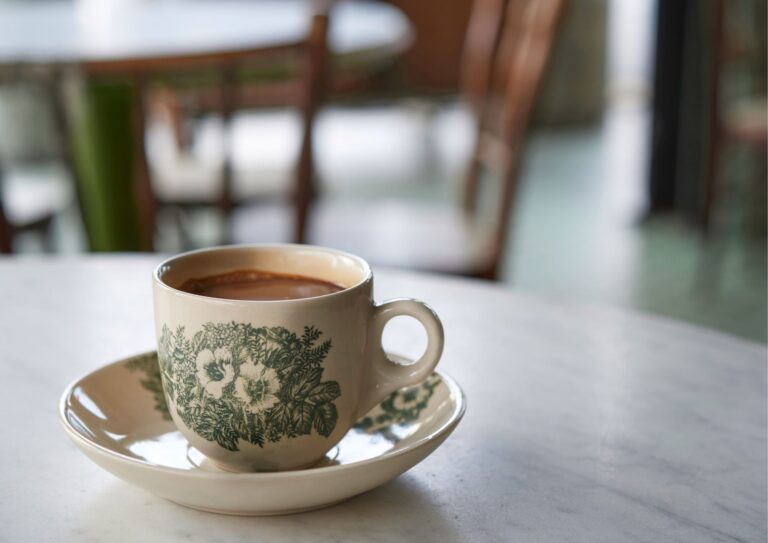
While a kopitiam is a traditional coffee shop that offers low-cost blends of locally-produced coffee, you will find hawkers pouring the coffee from one vessel into another. These blends in Malaysia are generally a mixture of Robusta and Liberica. The beans are often roasted till dark together with butter or margarine and sugar to give them rich, buttery aromas and flavors in the cup.
The heart of any Kopi Tiam lies in its menu—a treasure trove of coffee variations that cater to diverse preferences. From the bold simplicity of “kopi o” (black coffee) to the artistic flourish of “kopi tarik” (pulled coffee), these offerings form a bridge between tradition and modernity. Each cup reflects the passage of time, capturing the essence of bygone days while adapting to the evolving palates of the present.
Kopi Tiams aren’t just coffee shops; they are living time capsules. They preserve a cultural legacy, reminding Malaysians of their roots while inviting newcomers to partake in a piece of the country’s history. Don’t expect it to come with fancy garnishes, cups, or ingredients.
Can Coffee Be Grown In Malaysia?
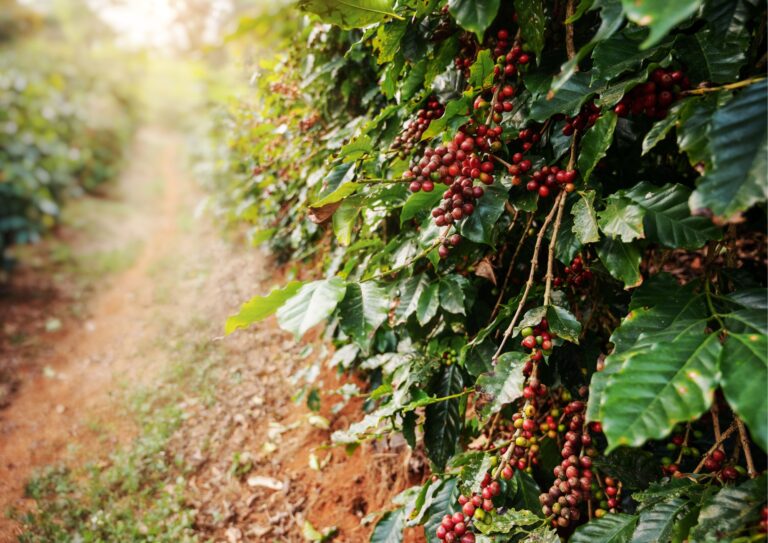
Malaysia’s lush landscapes and tropical climate might not be the first thing that comes to mind when one thinks of coffee cultivation. However, the answer to the question is a resounding “yes.” Coffee can indeed be grown in Malaysia, and the country boasts its own unique coffee-growing regions. The main coffee beans grown in Malaysia are Arabica, Robusta, and Liberica beans. 90% of the production of the beans is dedicated to Liberica species.
Liberica is mainly grown compared to Arabica and Robusta because Arabia and Robusta beans do not grow well in Malaysia. This is due to the weather and clay-like soil. The latitude in Malaysia is well suited for growing coffee, but it simply isn’t enough for quality Arabica beans. They are more susceptible to disease and have lower yields in lower altitudes.
While Liberica and Robusta species are much hardier, they can handle more harsh conditions in lower altitudes, which is why they are more affordable than specialty Arabica coffee. The cultivation of coffee in Malaysia not only contributes to the country’s agricultural diversity but also provides economic opportunities for local farmers. Coffee can indeed be grown in Malaysia, and the nation’s coffee industry continues to evolve and thrive.
Evolution Of Malaysian Coffee Culture
Video Credit: Abid Kamaruddin
A survey has shown that Malaysian average, drink 2.38 cups of coffee per day. Global brand such as Starbucks brings in the coffee culture from the West, which is one reason coffee consumption is rising. Local brands, such as Kopitiam and Old Town White Coffee, also play a role.
Malaysia’s coffee landscape has undergone a revolution in recent years driven by the global third-wave coffee movement. Specialty coffee shops have sprouted across the country, embracing the art and science of coffee-making with meticulous dedication. These modern cafes prioritize quality over quantity, focusing on sourcing premium beans, precise roasting, and expert brewing techniques.
The evolution of Malaysian coffee culture has not been without its challenges. Changing global market dynamics, climate shifts, and economic fluctuations cast shadows on the industry. However, the resilience of Malaysia’s coffee producers and enthusiasts has been a driving force in overcoming these obstacles.
Malaysian Coffee Culture: Malaysian White Coffee
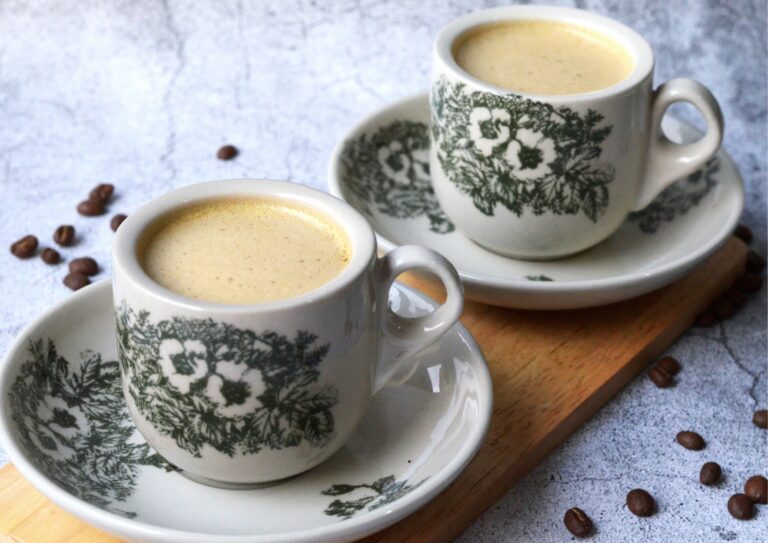
The story of Malaysian White Coffee originates in Ipoh, Perak. It was here that traditional coffee beans were transformed into something truly unique. The term “white coffee” does not refer to the color, but rather to the roasting process and the ingredients used.
Unlike the robust roasting methods commonly employed elsewhere, Malaysian White Coffee beans are roasted with margarine and no sugar. This unconventional approach results in beans that remain relatively pale in color, hence the name “white.” The absence of sugar during the roasting process gives this coffee a smoother and less bitter taste than darker roasts.
Local manufacturers have made it into mixed instant coffee powder with whitener, sugar, or non-dairy creamer. The 3-in-1 mixture sold in the market is similar. It is convenient for Malaysians to get it and prepare it at home. But the daily consumption of non-dairy creamer and sugar comes into question as more people are more health conscious. Some manufacturers are taking the sugar out and marketing the 2-in-1 mixture.



